ADT 2009 Annual Report Download - page 104
Download and view the complete annual report
Please find page 104 of the 2009 ADT annual report below. You can navigate through the pages in the report by either clicking on the pages listed below, or by using the keyword search tool below to find specific information within the annual report.-
 1
1 -
 2
2 -
 3
3 -
 4
4 -
 5
5 -
 6
6 -
 7
7 -
 8
8 -
 9
9 -
 10
10 -
 11
11 -
 12
12 -
 13
13 -
 14
14 -
 15
15 -
 16
16 -
 17
17 -
 18
18 -
 19
19 -
 20
20 -
 21
21 -
 22
22 -
 23
23 -
 24
24 -
 25
25 -
 26
26 -
 27
27 -
 28
28 -
 29
29 -
 30
30 -
 31
31 -
 32
32 -
 33
33 -
 34
34 -
 35
35 -
 36
36 -
 37
37 -
 38
38 -
 39
39 -
 40
40 -
 41
41 -
 42
42 -
 43
43 -
 44
44 -
 45
45 -
 46
46 -
 47
47 -
 48
48 -
 49
49 -
 50
50 -
 51
51 -
 52
52 -
 53
53 -
 54
54 -
 55
55 -
 56
56 -
 57
57 -
 58
58 -
 59
59 -
 60
60 -
 61
61 -
 62
62 -
 63
63 -
 64
64 -
 65
65 -
 66
66 -
 67
67 -
 68
68 -
 69
69 -
 70
70 -
 71
71 -
 72
72 -
 73
73 -
 74
74 -
 75
75 -
 76
76 -
 77
77 -
 78
78 -
 79
79 -
 80
80 -
 81
81 -
 82
82 -
 83
83 -
 84
84 -
 85
85 -
 86
86 -
 87
87 -
 88
88 -
 89
89 -
 90
90 -
 91
91 -
 92
92 -
 93
93 -
 94
94 -
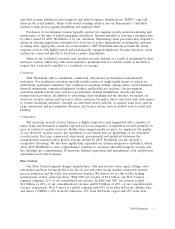 95
95 -
 96
96 -
 97
97 -
 98
98 -
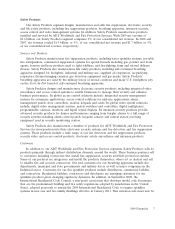 99
99 -
 100
100 -
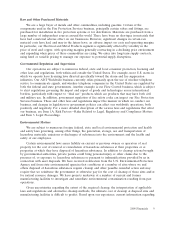 101
101 -
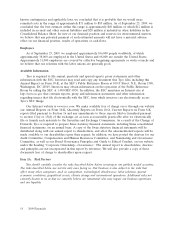 102
102 -
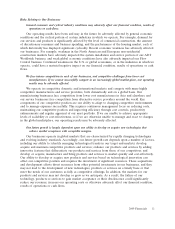 103
103 -
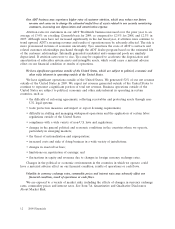 104
104 -
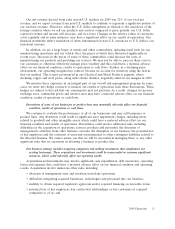 105
105 -
 106
106 -
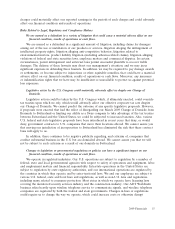 107
107 -
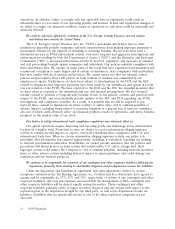 108
108 -
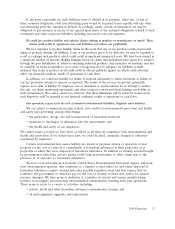 109
109 -
 110
110 -
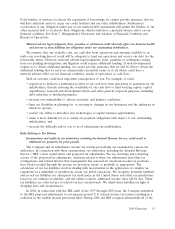 111
111 -
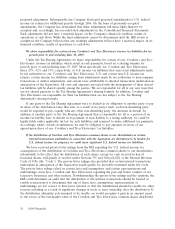 112
112 -
 113
113 -
 114
114 -
 115
115 -
 116
116 -
 117
117 -
 118
118 -
 119
119 -
 120
120 -
 121
121 -
 122
122 -
 123
123 -
 124
124 -
 125
125 -
 126
126 -
 127
127 -
 128
128 -
 129
129 -
 130
130 -
 131
131 -
 132
132 -
 133
133 -
 134
134 -
 135
135 -
 136
136 -
 137
137 -
 138
138 -
 139
139 -
 140
140 -
 141
141 -
 142
142 -
 143
143 -
 144
144 -
 145
145 -
 146
146 -
 147
147 -
 148
148 -
 149
149 -
 150
150 -
 151
151 -
 152
152 -
 153
153 -
 154
154 -
 155
155 -
 156
156 -
 157
157 -
 158
158 -
 159
159 -
 160
160 -
 161
161 -
 162
162 -
 163
163 -
 164
164 -
 165
165 -
 166
166 -
 167
167 -
 168
168 -
 169
169 -
 170
170 -
 171
171 -
 172
172 -
 173
173 -
 174
174 -
 175
175 -
 176
176 -
 177
177 -
 178
178 -
 179
179 -
 180
180 -
 181
181 -
 182
182 -
 183
183 -
 184
184 -
 185
185 -
 186
186 -
 187
187 -
 188
188 -
 189
189 -
 190
190 -
 191
191 -
 192
192 -
 193
193 -
 194
194 -
 195
195 -
 196
196 -
 197
197 -
 198
198 -
 199
199 -
 200
200 -
 201
201 -
 202
202 -
 203
203 -
 204
204 -
 205
205 -
 206
206 -
 207
207 -
 208
208 -
 209
209 -
 210
210 -
 211
211 -
 212
212 -
 213
213 -
 214
214 -
 215
215 -
 216
216 -
 217
217 -
 218
218 -
 219
219 -
 220
220 -
 221
221 -
 222
222 -
 223
223 -
 224
224 -
 225
225 -
 226
226 -
 227
227 -
 228
228 -
 229
229 -
 230
230 -
 231
231 -
 232
232 -
 233
233 -
 234
234 -
 235
235 -
 236
236 -
 237
237 -
 238
238 -
 239
239 -
 240
240 -
 241
241 -
 242
242 -
 243
243 -
 244
244 -
 245
245 -
 246
246 -
 247
247 -
 248
248 -
 249
249 -
 250
250 -
 251
251 -
 252
252 -
 253
253 -
 254
254 -
 255
255 -
 256
256 -
 257
257 -
 258
258 -
 259
259 -
 260
260 -
 261
261 -
 262
262 -
 263
263 -
 264
264 -
 265
265 -
 266
266 -
 267
267 -
 268
268 -
 269
269 -
 270
270 -
 271
271 -
 272
272 -
 273
273 -
 274
274 -
 275
275 -
 276
276 -
 277
277 -
 278
278 -
 279
279 -
 280
280 -
 281
281 -
 282
282 -
 283
283 -
 284
284 -
 285
285 -
 286
286 -
 287
287 -
 288
288 -
 289
289 -
 290
290
 |
 |
Our ADT business may experience higher rates of customer attrition, which may reduce our future
revenue and cause us to change the estimated useful lives of assets related to our security monitoring
customers, increasing our depreciation and amortization expense.
Attrition rates for customers in our ADT Worldwide business increased over the prior year to an
average of 13.4% on a trailing 12-month basis for 2009, as compared to 12.9% for 2008, and 12.3% in
2007. Although rates have not increased significantly in the last fiscal year, if attrition rates continue to
trend upward, ADT’s recurring revenue and results of operations may be adversely affected. The risk is
more pronounced in times of economic uncertainty. Tyco amortizes the costs of ADT’s contracts and
related customer relationships purchased through the ADT dealer program based on the estimated life
of the customer relationships. Internally generated residential and commercial pools are similarly
depreciated. If attrition rates were to rise, Tyco may be required to accelerate the depreciation and
amortization of subscriber system assets and intangible assets, which could cause a material adverse
effect on our financial condition or results of operations.
We have significant operations outside of the United States, which are subject to political, economic and
other risks inherent in operating outside of the United States.
We have significant operations outside of the United States. We generated 52% of our net revenue
outside of the United States in 2009. We expect net revenue generated outside of the United States to
continue to represent a significant portion of total net revenue. Business operations outside of the
United States are subject to political, economic and other risks inherent in operating in certain
countries, such as:
• the difficulty of enforcing agreements, collecting receivables and protecting assets through non-
U.S. legal systems;
• trade protection measures and import or export licensing requirements;
• difficulty in staffing and managing widespread operations and the application of certain labor
regulations outside of the United States;
• compliance with a wide variety of non-U.S. laws and regulations;
• changes in the general political and economic conditions in the countries where we operate,
particularly in emerging markets;
• the threat of nationalization and expropriation;
• increased costs and risks of doing business in a wide variety of jurisdictions;
• changes in enacted tax laws;
• limitations on repatriation of earnings; and
• fluctuations in equity and revenues due to changes in foreign currency exchange rates.
Changes in the political or economic environments in the countries in which we operate could
have a material adverse effect on our financial condition, results of operations or cash flows.
Volatility in currency exchange rates, commodity prices and interest rates may adversely affect our
financial condition, result of operations or cash flows.
We are exposed to a variety of market risks, including the effects of changes in currency exchange
rates, commodity prices and interest rates. See Item 7A. Quantitative and Qualitative Disclosures
About Market Risk.
12 2009 Financials
